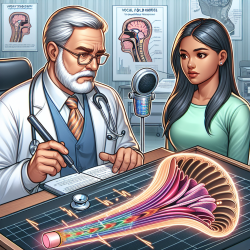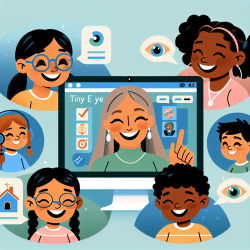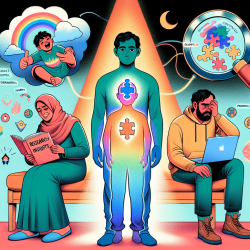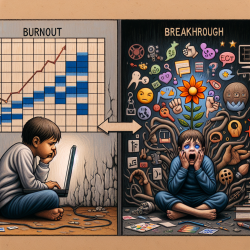Videostroboscopic examination of the larynx has revolutionized the way speech-language pathologists and other voice professionals approach the diagnosis and treatment of voice disorders. This sophisticated imaging technique allows for a detailed and dynamic view of vocal fold vibration, offering insights that were previously inaccessible with standard laryngoscopic methods. The advancement in understanding and diagnosing voice disorders through videostroboscopy is significant, and its application in clinical settings has become a cornerstone in the field of speech-language pathology.
The importance of videostroboscopy lies in its ability to provide a slow-motion view of the vocal folds in action. This is crucial because many vocal fold pathologies are dynamic and may not be fully appreciated through static imaging or during live observation without the aid of stroboscopic light. By illuminating the vocal folds with a strobe light that synchronizes with the vibration of the vocal folds, clinicians can observe the fine details of vocal fold closure, mucosal wave, and other aspects of phonation in slow motion. This detailed view helps in diagnosing conditions such as vocal fold nodules, polyps, cysts, paralysis, and other disorders that affect voice quality.
Advancements in videostroboscopic technology have made it possible to assess vocal fold function with greater accuracy and reliability. Modern videostroboscopic systems offer high-resolution images and video recording capabilities, enabling clinicians to conduct thorough examinations and maintain records for longitudinal patient monitoring. This technology not only aids in the initial diagnosis but also in tracking the progress of voice therapy and other interventions over time.
The clinical applications of videostroboscopy are vast. It is used in the assessment of patients with voice complaints, guiding the development of individualized therapy plans. For instance, by observing the vibratory characteristics of the vocal folds, speech-language pathologists can tailor voice therapy techniques to address specific issues such as hyperfunction, insufficient closure, or asymmetrical vibration. Additionally, videostroboscopy plays a critical role in pre-surgical planning and post-surgical assessment, helping surgeons and clinicians make informed decisions about treatment options and evaluate surgical outcomes.
However, the effective use of videostroboscopy in clinical practice requires specialized training and expertise. Clinicians must understand the principles of stroboscopic imaging, including the setup and operation of the equipment, as well as the interpretation of videostroboscopic findings. Training programs and workshops are essential for developing these skills, and ongoing education is crucial for staying updated on the latest advancements and techniques in videostroboscopic examination.
In addition to clinical applications, videostroboscopy has implications for research in voice disorders. It provides a valuable tool for studying the biomechanics of vocal fold vibration and the effects of various interventions on vocal fold function. Through research, clinicians can better understand the etiology of voice disorders and develop more effective treatment methods, further enhancing patient care.
For practitioners looking to improve their skills in voice disorder diagnosis and treatment, incorporating videostroboscopy into their clinical practice is highly recommended. Engaging in further research and continuing education on this topic can also provide deeper insights into the complexities of vocal fold function and pathology. The ultimate goal is to enhance the quality of care for individuals with voice disorders, improving their vocal health and quality of life.
In conclusion, videostroboscopy represents a significant advancement in the field of speech-language pathology, offering detailed insights into vocal fold function that were previously unattainable. Its application in clinical practice and research has led to improved diagnosis, treatment, and understanding of voice disorders. As technology continues to evolve, the potential for further advancements in videostroboscopy remains promising, highlighting the importance of specialized training and ongoing education for clinicians in this field.
To read the original research paper, please follow this link: Videostroboscopic.










